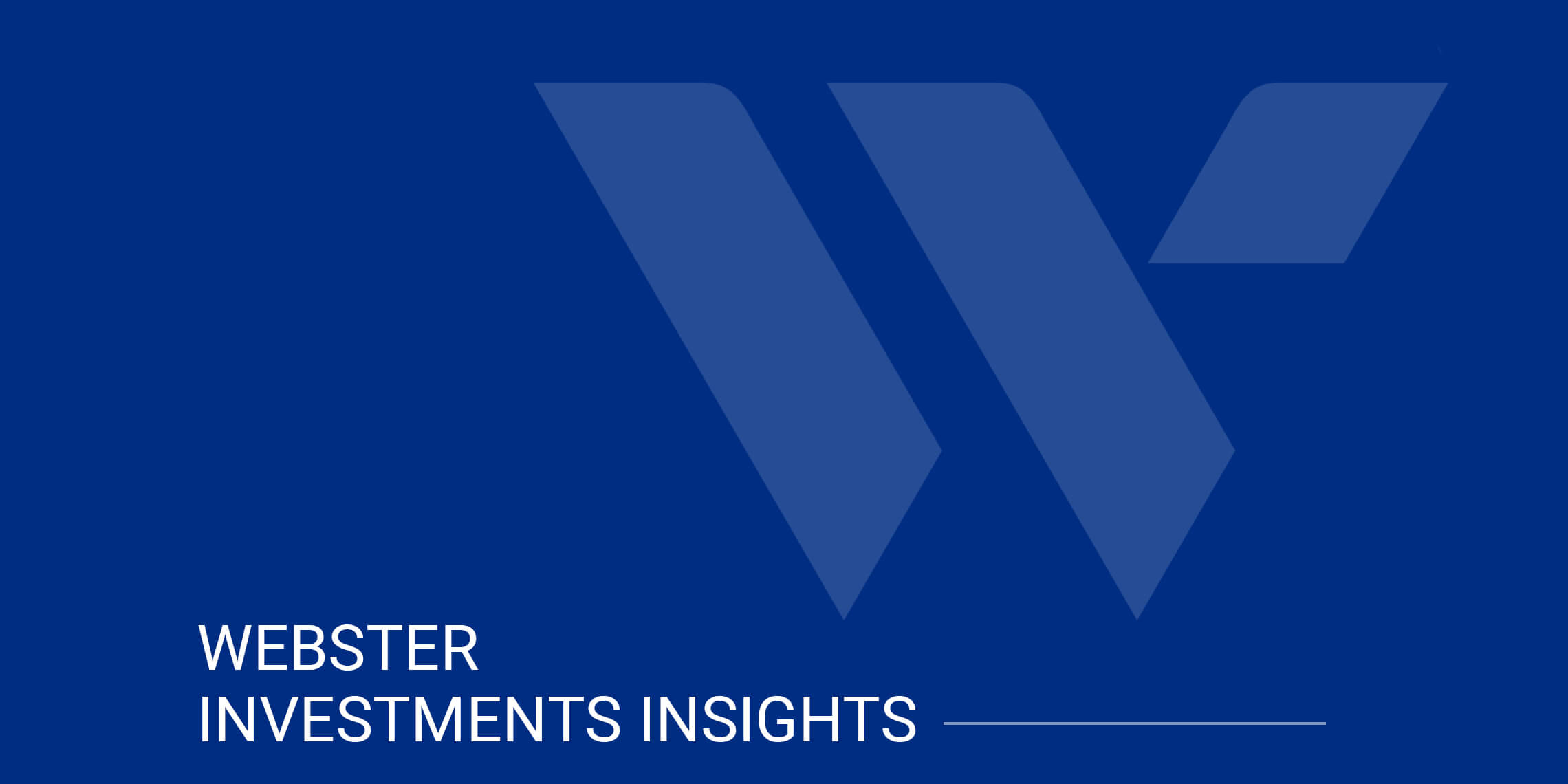
Published on June 1, 2022 | 4 min read | LPL Financial
In late 2019, SECURE Act was passed as a way to help Americans save more for their retirement. In March 2022, the SECURE Act 2.0 has passed in the U.S. House of Representatives and aims to improve the goals of the original SECURE Act. The Senate proposed a similar bill in May 2021, and as the House’s version moves forward, the two bills will likely combine before the final Senate vote. Here are what investors should know if the SECURE Act 2.0 passes as proposed:
#1- Required Minimum Distribution (RMD) age will increase from age 72 to age 75 with this RMD schedule:
#2- RMD penalties would decrease. Currently, for investors who forget to take their total RMD, there is a 50% penalty on the RMD amount missed. The SECURE Act 2.0 would decrease the liability to 25%, and if the mistake is promptly corrected, it drops to 15%.
#3- Qualified Charitable Distributions (QCDs) would be enhanced. People aged 70_ and older can transfer up to $100,000 tax-free each year from their traditional IRAs directly to the charity. The SECURE Act 2.0 would index the cap each year for inflation. It would also allow a one-time transfer of $50,000 through a charitable remainder trust or charitable annuity.
#4- Catch up provisions for 401(k) and 403(b) plan participants ages 62, 63, or 64 would increase by an extra $10,000 per year. Participants over age 50 enrolled in these retirement plans can currently contribute $6500 more for 2022. The SECURE Act 2.0 would provide an even more significant boost of $10,000 in catch-up contributions to investors in their 60’s.
#5- Catch-up contributions must be made into a Roth IRA instead of the employer-sponsored pre-tax retirement savings accounts starting in 2023 (in the house version). Currently, the employee can decide which account they want their catch-up contributions to go toward, either the Roth IRA or the 401(k) or 403(b).
#6- Catch up limits for IRA and Roth IRA owners ages 50 and older would be indexed for inflation. Since 2006, the $1000 extra hasn’t increased, regardless of inflation.
#7- Employees would automatically enroll in their employer’s retirement savings plan. Employees will automatically be enrolled at a 3% contribution rate but can opt-out or save less or save more up to their IRS contribution limit each year.
#8- Employee retirement savings plan contributions would automatically increase each year by 1% up to a maximum of 10%.
#9- Employers can contribute their match into the employee’s Roth IRA or pre-tax retirement savings account. Currently, all employer matching dollars deposit into the pre-tax account.
#10- The Savers tax credit would simplify in one 50% credit. Under the SECURE Act 2.0, the saver’s credit would phase out at AGIs over $24,000 for single filers, $36,000 for head-of-household filers, and $48,000 for joint filers. If 2.0 passes, retirement savers with the lowest incomes will get more significant tax benefits, while others would no longer qualify.
#11- Employers can contribute their match and their employee’s contribution while the employee pays on their student loans.
#12- Part-time workers’ 401(k) plan participation eligibility moves from three to two years. The SECURE Act will shorten the timeline for part-time workers that want to participate in their employer’s retirement savings plan.
While the SECURE Act 2.0 hasn’t become law, it will impact investors differently depending on their situation. Keep in touch with your financial professional as the bill moves into the Senate or if you have questions about the act.
kiplinger.com/retirement/retirement-plans/602821/secure-act-2
investopedia.com/house-passes-secure-act-2-0-5224312
congress.gov/bill/117th-congress/house-bill/2954/text
This material was created for educational and informational purposes only and is not intended as ERISA, tax, legal or investment advice. If you are seeking investment advice specific to your needs, such advice services must be obtained on your own separate from this educational material.
All information is believed to be from reliable sources; however LPL Financial makes no representation as to its completeness or accuracy.
This article was prepared by Fresh Finance.
LPL Tracking #1-05269778